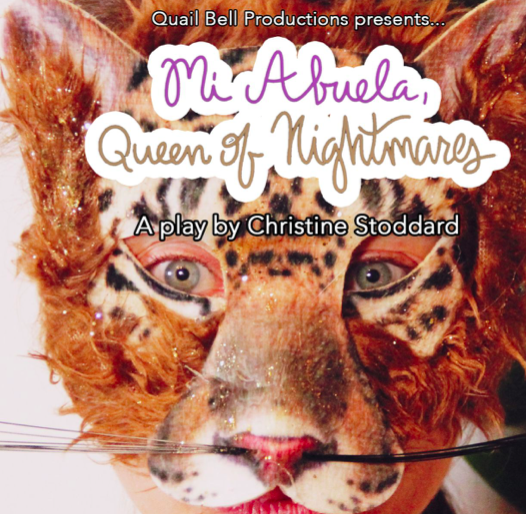|
The Breadcrumbs widget will appear here on the published site.
Earlier in the year, I published an article about an inclusive art center using identity-first language. When my article went live and was posted to various social media platforms, I expected at least a few negative comments. One commenter mentioned an interviewee’s tie was too short. For a while, I was pleasantly surprised that was the sole complaint.
But that’s when I saw it.
"The one thing I will insist on is the person is an artist, who just happens to have a disability, never a disabled artist," commented an older gentleman, who was involved with an inclusive arts center as well. To what capacity, I wasn't certain, but I felt compelled to respond to him — politely of course — as to why I chose the language.
"I'm the writer of this piece. I am actually disabled as well, and many of us prefer identity-first language as opposed to person-first language because it is a core part of our identity. This isn't true for everyone, but many of my disabled friends would also insist upon the same name." Others who identified with the language also chimed in to agree and share their own thoughts about how it felt right for them. His response? “Sorry, but I too have a disability and my fellow artists share my thoughts. You create art, you are an artist. An artist who just happens to be what we are. If you want to make money off of pity, then by all means, do it.” I was taken aback by his statement. When I discovered more about disability rights, reading about identity-first language helped me to reclaim something about myself I had to keep hidden for so long. The idea that my use of identity-first language is strictly for pity is not only blatantly false, but hurtful. Finding identity-first language empowered me after years of being told to hide a big part of myself: my Tourette Syndrome. Approximately 50% of Touretters are not diagnosed until adulthood. I was one of them, wondering what exactly was "wrong" was me. I challenged his thinking. "I understand to an extent, but as a movement, we don't see identity-first language as pity, but for understanding the normal differences between us, not a profit gimmick." Though he never responded to my follow-up, I questioned my own reasons for using identity-first language. Was I really seeking pity? Not a chance — ever since I was a kid, pity has made me feel uncomfortable. When I tell people I have Tourette’s and they respond by shifting uncomfortably and muttering “Aw, I’m sorry,” it makes me feel icky. Identity-first language allows me to own my identity the way I wish after years of being denied the opportunity. I hardly speak for every disabled person about what they should be called. Person-first or identity-first language are both valid ways of regarding someone with a disability...as long as they are comfortable with it. Different people will want to be addressed and referred to in different ways. A common mistake that does more harm than good is to speak for another person as opposed to honoring their wishes, and that includes anyone, including those with disabilities.
0 Comments
CommentsYour comment will be posted after it is approved.
Leave a Reply. |
AuthorWrite something about yourself. No need to be fancy, just an overview. Archives
March 2024
Categories
All
|



 RSS Feed
RSS Feed






